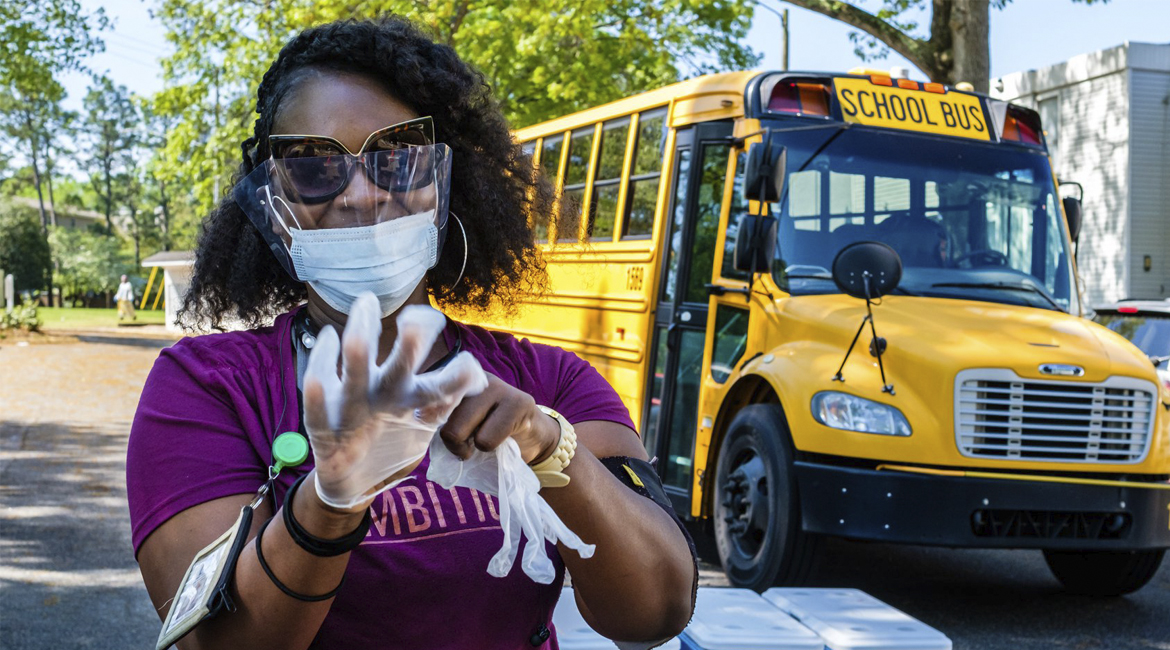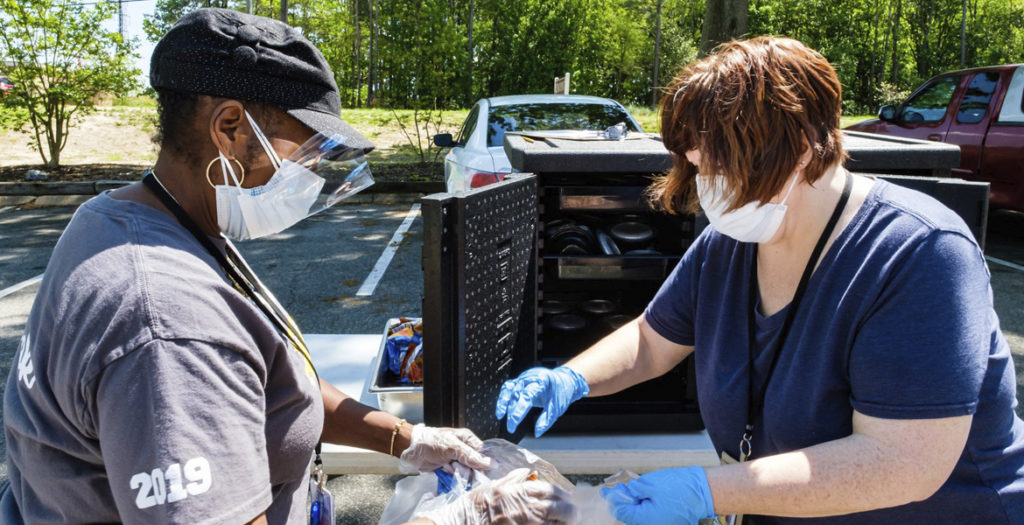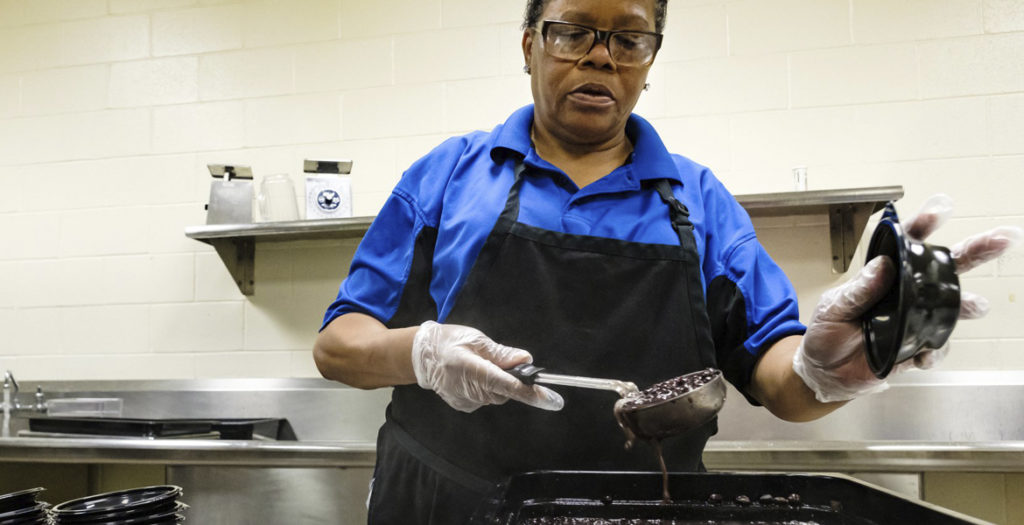Pandemic Heroes: How One School Nutrition Director is Keeping Kids Fed


During a typical school day in the United States, 30 million children are served lunch as part of the National School Lunch Program (NSLP), with almost two-thirds receiving free or reduced-price lunches. But what happens when those schools are forced to close? As families around the country struggle to afford food, rent and other necessities during the coronavirus pandemic, school food service workers have stepped up to help feed those in need.
Paula De Lucca, senior director of Child Nutrition Services for Wake County Public School System, is one of the millions of caring people who are putting their health at risk to ensure children continue to be fed. During the first week of April, De Lucca and her staff served more than 105,000 meals to North Carolina children. In addition to preparing and serving meals at schools in her district, the team also introduced a “Big Bus” service, in collaboration with their transportation department to take meals into neighborhoods where families had difficulty traveling to schools to pick up a meal. The program has increased family access to much-needed services in Raleigh and the surrounding Wake County during the pandemic.
We spoke to De Lucca to learn more about the important work of feeding kids in a crisis.
How are you navigating the current situation at your school?
Every day seems to present a new challenge. Thankfully, over the last few years my organization has evolved to achieve greater adaptability which has been critical to the success of our emergency operations.
What’s a typical workday like for you now?
In terms of length of day, 12-20 hours minimum. Numerous standing daily meetings (via conference call!) with internal staff and community food security members comprise 4 hours of my day (Bus Operations in the early morning, County food security in the early afternoon, and an end-of-day check in with all my staff to share new information, announce expansion plans for the coming week, identify and share process and service improvements, recognize contributors and share gratitudes).
Most days are spent on logistics, procedure development and updates and changing work guidance. Phone calls and emails are at an all-time high!
"Our county comprises 190 schools over 850 square miles, and staff can’t travel across the county to work."
What is your greatest challenge at this time?
Trying to expand our service into additional schools to divert production from schools that have reached an unmanageable level due to growing community participation, as well as reduce the number of staff working in a kitchen to improve social distancing. The challenge: having enough staff to support more kitchens. Our county comprises 190 schools over 850 square miles, and staff can’t travel across the county to work.
How is your district unique in addressing this challenge?
Our biggest challenge is financial stability. We implemented an online donations feature and other mechanisms that accept e-donations to Child Nutrition Services to assist our program with unexpected purchases and costs.
What meals are you serving kids right now?
Students receive a hot lunch to eat right away and a cold breakfast to store and eat the next morning.

How have parents, students and other teachers responded at your school and district?
As for our services, they are grateful we are taking good care of our students.
How are you caring for yourself right now?
There is no time to take care of me. I am exhausted and a bit worried that being “run down” will make recovery from this disease more difficult if I catch it. Being an “essential” on the front line, unable to benefit from any telework option, my exposure and risk is significantly greater. Yet, I do what I have always done — I plod on for the greater good.
Are there any resources you would recommend to families looking for access to food for their kids?
Look at the local government, school system, food bank and human services websites to find feeding sites and other food resources.
Anything else you’d like our readers to know?
I am exceptionally proud of all my staff and I am so grateful for their commitment to serve the children in our community. My Child Nutrition staff ROCKS!

What's Next?
If you’d like to support the Wake County Public School System, visit this website to make a COVID-19 Food Security Donation.


